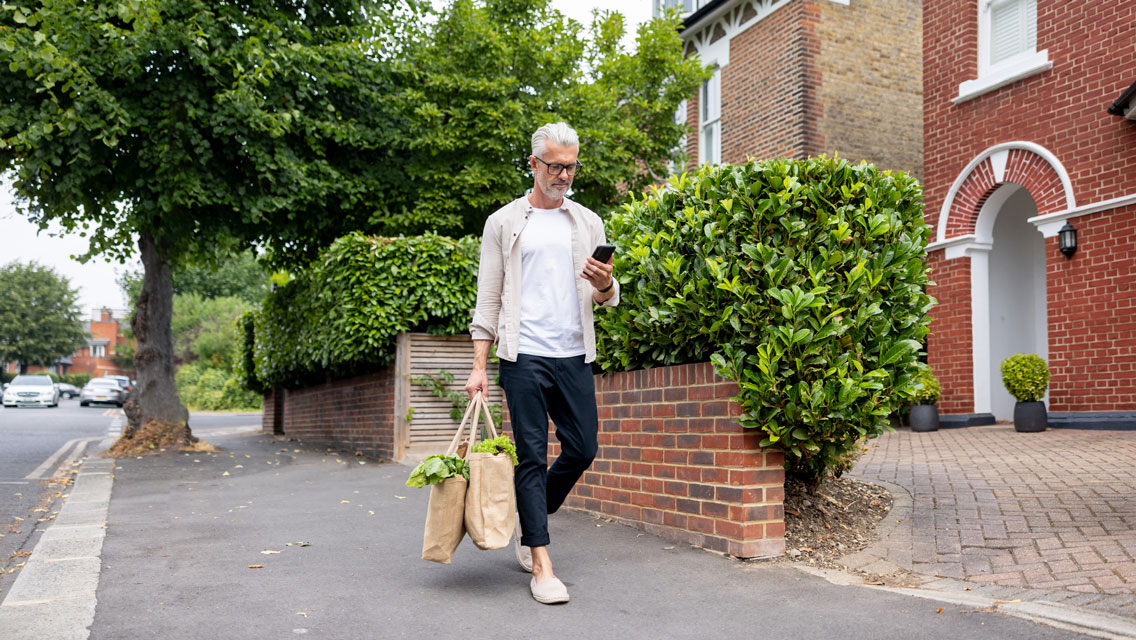My Lovely Wife and I consider ourselves fortunate to dwell in one of our city’s more bucolic neighborhoods. In our little corner of South Minneapolis, the Mississippi River flows three blocks to the east of us, Minnehaha Falls tumbles three blocks to the south, and wooded trails wind around a chain of nearby lakes to the west. It’s about as pastoral a setting as you’ll find in an urban area.
I’d like to report that we take full advantage of our natural surroundings by hiking routinely amid the ancient oak savannah along the river gorge and biking around the lakes on a regular basis, but that would paint a deceptive picture of our relationship with the great outdoors. Oh, I’ll cast an admiring glance at the mighty Mississippi a few times a week as I pedal across the bridge to the office (it’s been a freakishly mild winter), and MLW will sometimes bike along the river road on her way north to our favorite coffee shop, but nobody who knows us well would describe us as “outdoorsy” people.
So, I was intrigued by a study released last month suggesting that simply residing among all this green space may help seniors like MLW and me better navigate the mental and physical challenges that tend to accompany the accumulation of years. Washington State University (WSU) researchers found that older adults whose ZIP codes included as little as 10 percent more tree cover, bodies of water, and trails than those of their contemporaries living amid less natural surroundings were less likely to report serious psychological issues and poor overall health.
“Our findings suggest that loss of our urban green and blue spaces due to rapid urbanization may not just have an environmental impact but could have a public health impact as well,” explains lead study author Adithya Vegaraju, a WSU medical student.
Vegaraju and his colleague Solmaz Amiri, DDes, a researcher at the school’s Institute for Research and Education to Advance Community Health, analyzed survey data from more than 42,000 urban-dwelling seniors in Washington between 2011 and 2019. Cross-referencing their responses to questions about their mental and overall health with the amount of green and blue space in their ZIP codes — and adjusting for various demographic characteristics — they found a strong link between health status and proximity to natural amenities. It’s one of the first studies to focus on the effect of natural surroundings on seniors, Vegaraju notes, and may offer a new therapeutic approach for those grappling with mental health challenges.
“Older adults with depression, anxiety, or mental health issues are known to be more resistant to medical interventions or talk therapy, which are the go-to treatments for these conditions,” he says. “If exposure to green or blue spaces could help prevent, delay, or even treat poor mental health in older adults, we need to look at that more closely as a way to improve mental health outcomes in this population.”
Some healthcare practitioners are already ahead of the curve, employing what’s become known as “nature prescriptions” — a recommended dose of the outdoors — as a remedy for some of their patients’ ailments. And, as Christina Caron reports in the New York Times, ecotherapy seems to be making a comeback.
Introduced in the 1990s, ecotherapy gradually evolved to include such variations as equine and wilderness therapy. The concept never enjoyed a large following, limited as it was by a preference among therapists — and most of their clients — to hold sessions in a controlled, indoor environment. The pandemic, however, sparked an increased demand for outdoor sessions, and the treatment approach has begun to blossom in its wake.
More than a hundred therapists have graduated from the Center for Nature Informed Therapy since Heidi Schreiber-Pan, PhD, LCPC, a Maryland-based psychotherapist, began offering the certification program in 2020, and a handful of academic institutions, including Lewis & Clark College and Prescott College, now offer similar training.
To hear Schreiber-Pan tell it, the approach is gaining adherents because it connects them to the outside world and helps them relax and open up. “It’s a sense of belonging to something bigger — and that is, I think, a really powerful aha moment for a lot of people,” she tells Caron.
For Amy Fuggi, 63, who has been consulting with Schreiber-Pan to handle the grief she’s felt since her mother’s death, those walks in the woods have been transformational. “When you’re walking around, you’ve just got the fresh air and you’ve got all this openness,” she says. “It’s very easy to just relax and talk about things.”
The concept is not without its skeptics, including Petros Levounis, MD, president of the American Psychiatric Association, who says that he would never take a client for a walk in the park. “There is a formality in psychotherapy — tried-and-true parameters,” he says. “You sit across from them; there’s the 45-minute session. And I don’t know exactly what would happen in the outdoors. It starts raining. What do you do with the patient?”
Levounis, however, does acknowledge recent research attesting to the mental health benefits of spending time in nature. A 2023 study, for instance, found that guided sessions of Japanese-style forest bathing — an immersion in woodland surroundings — eased anxiety and depression in study participants.
Vegaraju’s research may inspire further studies, perhaps even spur a more thorough investigation into the physical activities of those who, like MLW and me, reside amid pastoral surroundings. It might be helpful to know whether we might multiply our health benefits by wandering occasionally into the nearby woods. Or not.





This Post Has 0 Comments